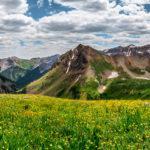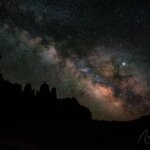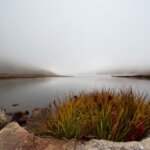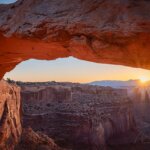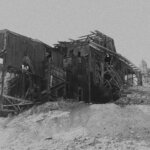Park Avenue & Courthouse, Utah
Utah’s Arches National Park boasts an awe-inspiring landscape of sandstone arches, rock formations, and vistas, making it a truly remarkable and one-of-a-kind destination worldwide. The park’s geological wonders and rich history are immediately evident upon entry, with Park Avenue, Courthouse Towers, and La Sal Mountains Overlook being the first three must-see attractions. Visitors are treated to a glimpse of the park’s natural and cultural beauty.
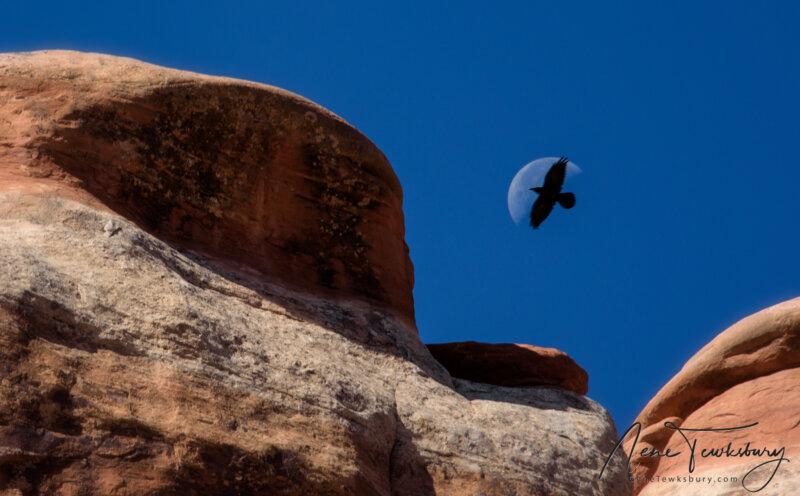
Park Avenue
Park Avenue in Utah’s Arches National Park is a breathtaking sandstone canyon, stretching almost a mile (1.6 km) and surrounded by towering red rock walls that rise up to 320 feet (97 meters). The canyon gets its name from its resemblance to New York City’s skyscrapers.
Visitors can enjoy the view from the easy to reach overlook or explore it further via a steep paved trail that leads to several overlooks with panoramic views.
The geological structure of Park Avenue is comprised of Wingate Sandstone, which was formed over 200 million years ago during the Late Triassic period. This sandstone was created from the accumulation of sand dunes in an ancient desert that once covered the area. Over time, the sand was buried, compressed, and transformed into solid rock. Today, the sandstone appears as narrow fins that have been eroded by wind and water, creating canyons and gullies that are deep and stunning.
Courthouse Towers
Rising from the valley floor and dominating the skyline of the northern section of Arches National Park, Courthouse Towers is a striking collection of sandstone spires and domes. These formations resemble the architecture of courthouses found in small western towns, hence their name. Visitors can enjoy views of the towers from several overlooks along the park’s main road or take a brief hike to explore the base of the formations up close.
The geological makeup of Courthouse Towers is predominantly Navajo Sandstone, a rock layer that formed over 190 million years ago during the Jurassic period. The sandstone came about as a result of the accumulation of sand dunes in an ancient desert that once occupied the region. Mineral deposits that seeped through the rock cemented the sand together, resulting in a durable and resistant rock layer that has withstood erosion for millions of years. Wind and water erosion have shaped the Navajo Sandstone into a remarkable display of spires, arches, and domes that are a wonder to behold.
La Sal Mountains Overlook
The La Sal Mountains Overlook is a scenic viewpoint located in the southern section of Arches National Park that offers panoramic views of the park’s red rock formations. Structures like The Organ, Sheep Rock, Three Gossips and The Tower of Babel are all in sight from this overlook. In the far distance to the East you’ll also see Balanced Rock and The Windows (though very small as they are several miles away).
Additionally if you turn toward the South you’ll see The La Sal Mountains. This range of peaks rise to over 12,000 feet (3,700 meters) and are visible from many points in the park. The geological structure of the La Sal Mountains is quite different from that of the park’s sandstone formations. The mountains are part of the Rocky Mountains and are composed of various layers of sedimentary, volcanic, and igneous rocks that were formed over millions of years. The range’s highest peak is Mount Peale, which stands at 12,721 feet (3,877 meters) and is composed of Precambrian rock that is over one billion years old. The mountains were named by Spanish explorers who saw them on the feast day of the Holy Cross, or La Santa Cruz, and gave them the name “La Sal,” meaning “the salt.”


